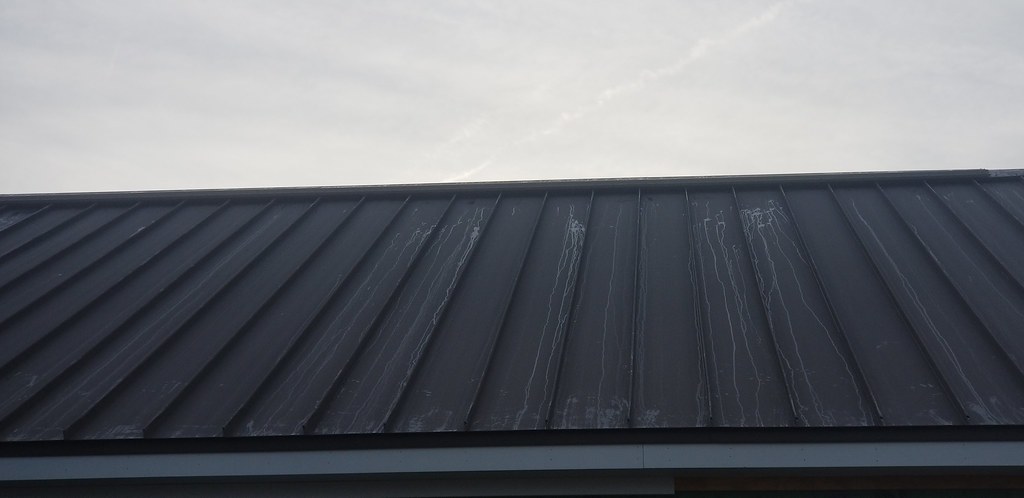Your has a variety of bends, edges, vents, chimneys, and meeting points that need to be considered during installation to be covered or edged in order to prevent the elements from getting into your home. Wind and water will take advantage of any opening they can find, resulting in water damage and increased utility bills in many cases. Structures, on the other hand, require ventilation to function properly. A poorly ventilated home can suffer from a variety of issues, including ice dams, mold, and heat buildup.
Metal roof or siding trim can be manufactured and installed to fit into any nook or cranny that a panel cannot. It is similar to how a puzzle piece is manufactured and installed. Trims not only provide critical weather protection and ventilation, but they also conceal the cut edges of panels, giving the project a more professional and finished appearance than it otherwise would have. In order to better educate consumers on this critical aspect of roofing and siding, the following is a brief list of some of the most common trim pieces and their functions.
Applications For The Roof
Ridge Cap: This is the highest point on the ridge.
At the top of the roofline where two roof caps meet, this is where you are going to need a ridge cap. They protect the seam from moisture intrusion, and make the roof look more aesthetically pleasing at the same time.
Outside Corner with a Narrow Margin:
On gable roofs, these trims are used to cover the edge of the roof panels.
A Residential Rake:
Rakes are also used to cap over the edges of roof panels on gable roofs in the home. In coastal areas, this trim is more commonly used, whereas the Narrow Outside Corner is more frequently used on inland structures.
Endwall:
Endwalls are attached to the edge of the roof along the side of the building. Their purpose is to redirect water away from the building itself, and thanks to the finished edge, there is no chance of water damage. This is typically used when the high side of a roof plane finds a vertical wall.
Sidewall:
Sidewalls are used to flash the transition from a wall or chimney to the roof, and they run parallel to the roof panels.
Valley:
Using valley trims, you can protect the valley of two roofs that are joining together.
Drip Edge:
When used at the eave (the part of the roof that meets and/or overhangs the wall), drip edges help to prevent rain from blowing or wicking under the roof panels, preventing the fascia board from rotting and causing water damage.
Snow Guard (Snow Patroller):
Snow guards are available in a variety of profiles and configurations, and they are designed to keep snow from accumulating on the roof until it can be removed. Avalanche damage to gutters and landscaping is avoided as a result of this.
Applications For The Wall
Outside Corner:
Outside Corners are typically found on post frame and steel frame structures, where they are used to cap over vertical wall panels that meet at a 90-degree outside corner.
Inside Corner:
These trim pieces are used to cover the inside corners of vertical wall panels that meet at a 90° angle on post frame and steel frame buildings.
Ratguard:
Unwanted pests are prevented from crawling through the open ribs of the wall panel by the installation of ratguards, which are attached horizontally to the bottom of the wall.
J-Channel:
Using J-Channels, you can finish the edges of walk doors and windows, giving the final product a finished, professional appearance.
Trim For Overhead Door:
Overhead door trims are used to finish the perimeter of garage doors. They have a built-in J-Channel to cover the cut edges of wall panels, which improves the overall appearance of the door when it is finished.
As can be seen, metal roofing and siding trims are essential components of residential and commercial structures. They provide weather protection, allow for proper ventilation, and enhance the aesthetic appeal of a space. Trim parts must be configured and bent for each individual application, making it critical to work with knowledgeable suppliers and installers who use high-quality materials. Your metal roof and siding will last for decades if you use the right materials and have them installed properly.

